Keeping track of your scores is vital in darts, and understanding how to use a **scoreboard darts** system is key to improving your game and enjoying matches with friends. This article explores the various methods for scoring, from traditional chalkboards to modern electronic systems, providing insights into effective **dart scoring** techniques and strategies.
⚠️ Still Using Pen & Paper (or a Chalkboard)?! ⚠️
Step into the future! The Dart Counter App handles all the scoring, suggests checkouts, and tracks your stats automatically. It's easier than you think!
Try the Smart Dart Counter App FREE!Ready for an upgrade? Click above!
Mastering Scoreboard Darts: A Comprehensive Guide
The art of **scoreboard darts** goes beyond simply hitting the target; it involves strategic gameplay, accurate calculations, and effective scorekeeping. Whether you’re a seasoned pro or just starting out, understanding the nuances of scoring can significantly enhance your performance and overall enjoyment of the game.
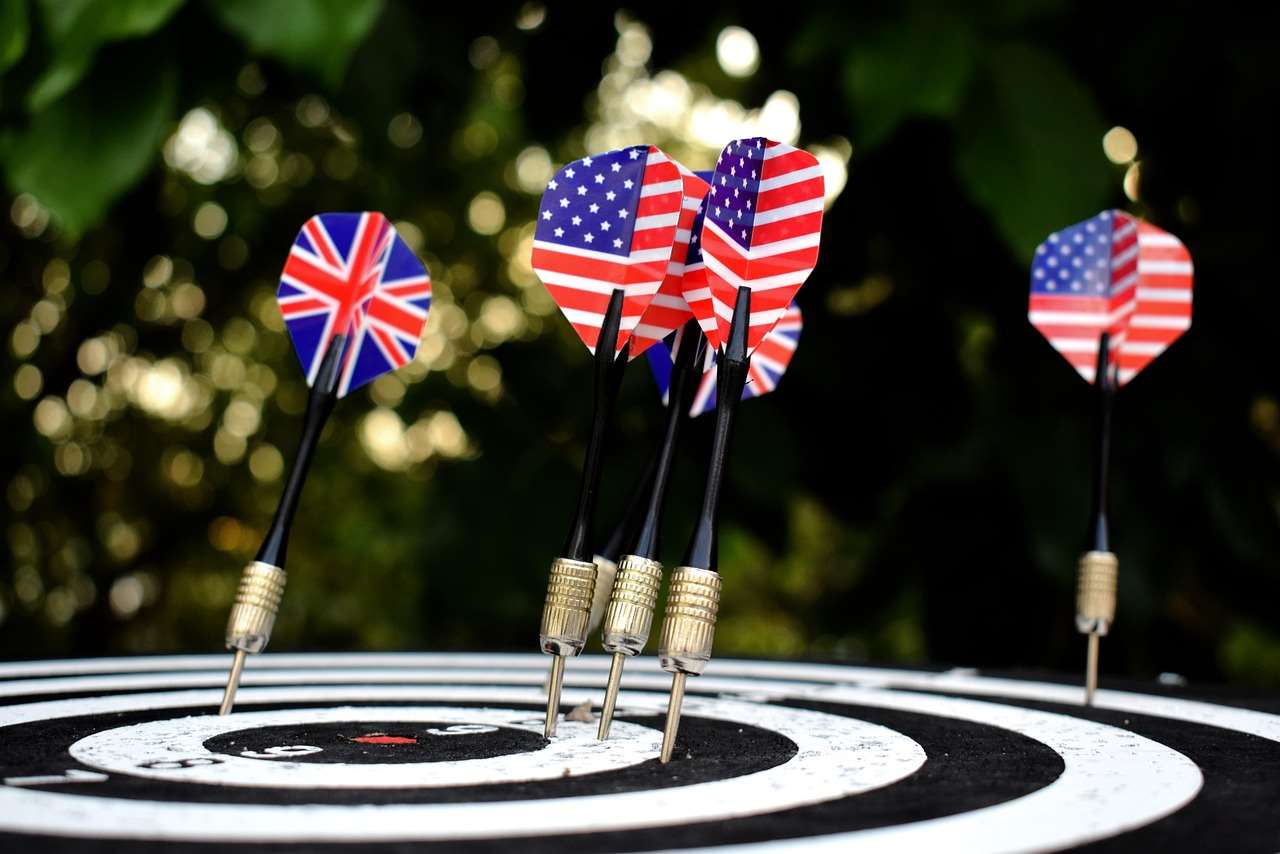
Before diving into advanced strategies, let’s cover the basics. In a standard game of 501, each player starts with 501 points and aims to reduce their score to zero. The first player to reach zero, finishing with a double or the bullseye, wins the leg. Scores are calculated by adding the value of each dart thrown during a turn and subtracting that total from the player’s remaining score. Simple, right? But the real challenge lies in strategic planning and precise execution.
Traditional Chalkboard Scoring
For decades, the chalkboard has been the quintessential **darts scoring** tool. Its simplicity and affordability make it a popular choice in pubs and homes alike. Here’s how to effectively use a chalkboard for **scoreboard darts**:
- Preparation: Ensure you have a clean chalkboard, chalk (preferably in multiple colors), and a duster.
- Layout: Divide the board into columns for each player or team. Include columns for the score, rounds, and any relevant notes (like high scores or finishes).
- Updating Scores: After each round, calculate the player’s score and subtract it from their previous total. Clearly write the new score in the appropriate column.
- Double-Check: Always double-check your calculations to avoid errors, as mistakes can lead to confusion and disputes.
While the chalkboard is a classic, it does have its drawbacks. It requires manual calculations, can be messy, and might not be ideal for fast-paced games or tournaments. This is where electronic scoring systems come into play.
Tips for Efficient Chalkboard Scoring
Even with a simple tool like a chalkboard, efficiency is key. Here are some tips to make the most of your chalkboard **scoreboard darts** experience:
- Use different colors for each player to avoid confusion.
- Write clearly and legibly.
- Keep a running tally of rounds played.
- Erase old scores promptly to maintain clarity.
Electronic Darts Scoreboards: A Modern Approach
Electronic **darts scoreboards** have revolutionized the way we keep track of scores. These devices offer a range of features that streamline the scoring process and enhance the overall gaming experience. From automatic calculations to player statistics, electronic scoreboards provide a wealth of information at your fingertips. You can even try to find an dart t shirt themed around scoring!
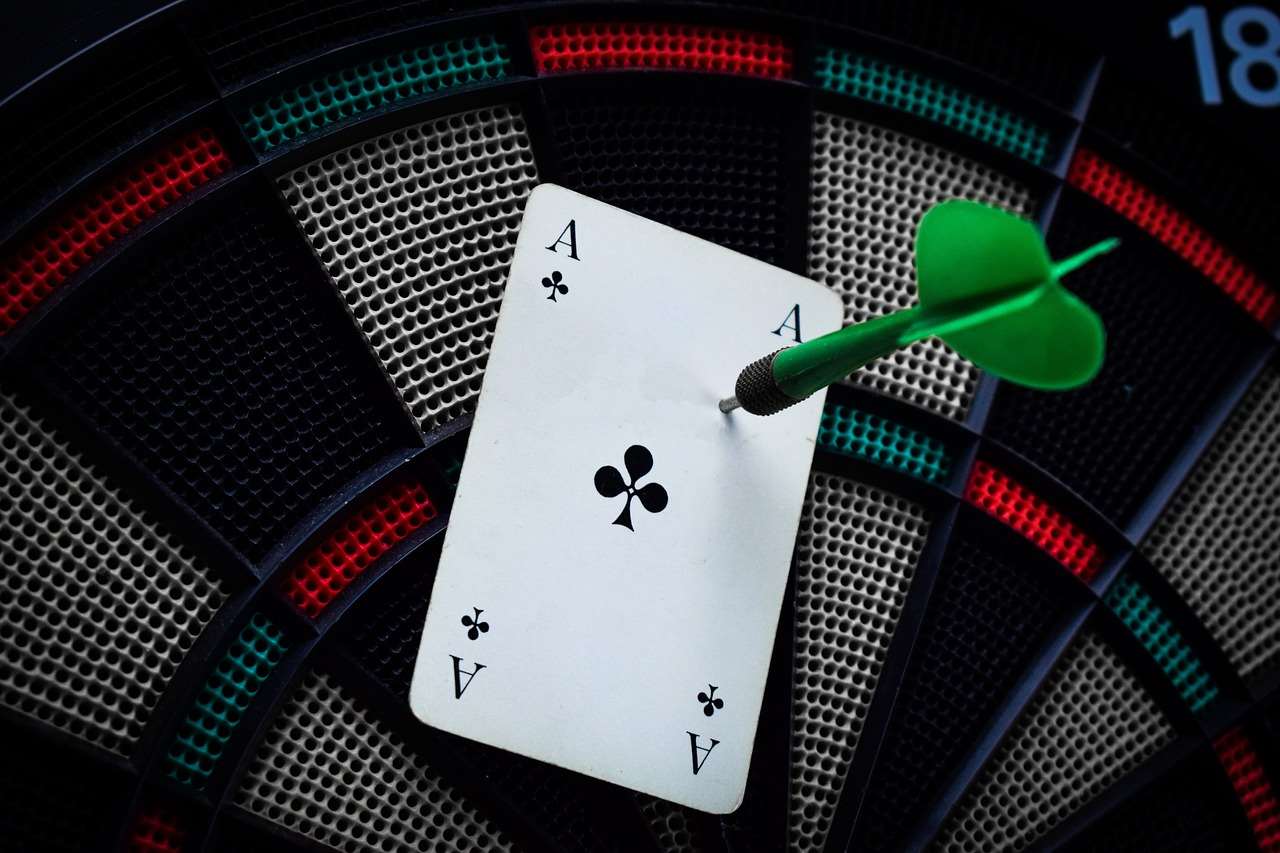
One of the primary benefits of electronic scoreboards is their accuracy. By eliminating manual calculations, these devices reduce the risk of errors and ensure fair gameplay. They also offer a variety of game options, including 301, Cricket, and Around the Clock, catering to players of all skill levels. Some advanced models even feature online connectivity, allowing you to compete against players from around the world.
Choosing the Right Electronic Scoreboard
With so many electronic scoreboards on the market, choosing the right one can be a daunting task. Consider the following factors when making your decision:
- Display Size: Opt for a scoreboard with a large, easy-to-read display.
- Features: Look for features that align with your needs, such as automatic scoring, game options, and player statistics.
- Durability: Choose a scoreboard that is built to withstand regular use and potential impacts.
- Price: Set a budget and compare prices from different retailers.
Additionally, research user reviews and ratings to gain insights into the performance and reliability of different models. Remember, investing in a high-quality electronic scoreboard can significantly enhance your **darts scoring** experience.
Strategic Considerations for Scoreboard Darts
Beyond simply tracking scores, **scoreboard darts** involves strategic thinking and planning. Effective players use the scoreboard to analyze their performance, identify weaknesses, and adjust their gameplay accordingly. Here are some strategic considerations to keep in mind:
- Targeting: Aim for high-scoring segments like the treble 20 and the bullseye to quickly reduce your score.
- Outshots: Plan your outshots carefully, considering the doubles and bullseye needed to finish the game.
- Defense: When your opponent is close to finishing, play defensively to prevent them from reaching zero.
For example, if you need 170 to win, the ideal outshot is treble 20, treble 20, and bullseye. However, if you’re not confident in hitting the treble 20, you might opt for a more conservative approach, such as aiming for the single 20 to leave yourself with a more manageable score for the next round. Understanding darts bull score is also helpful.
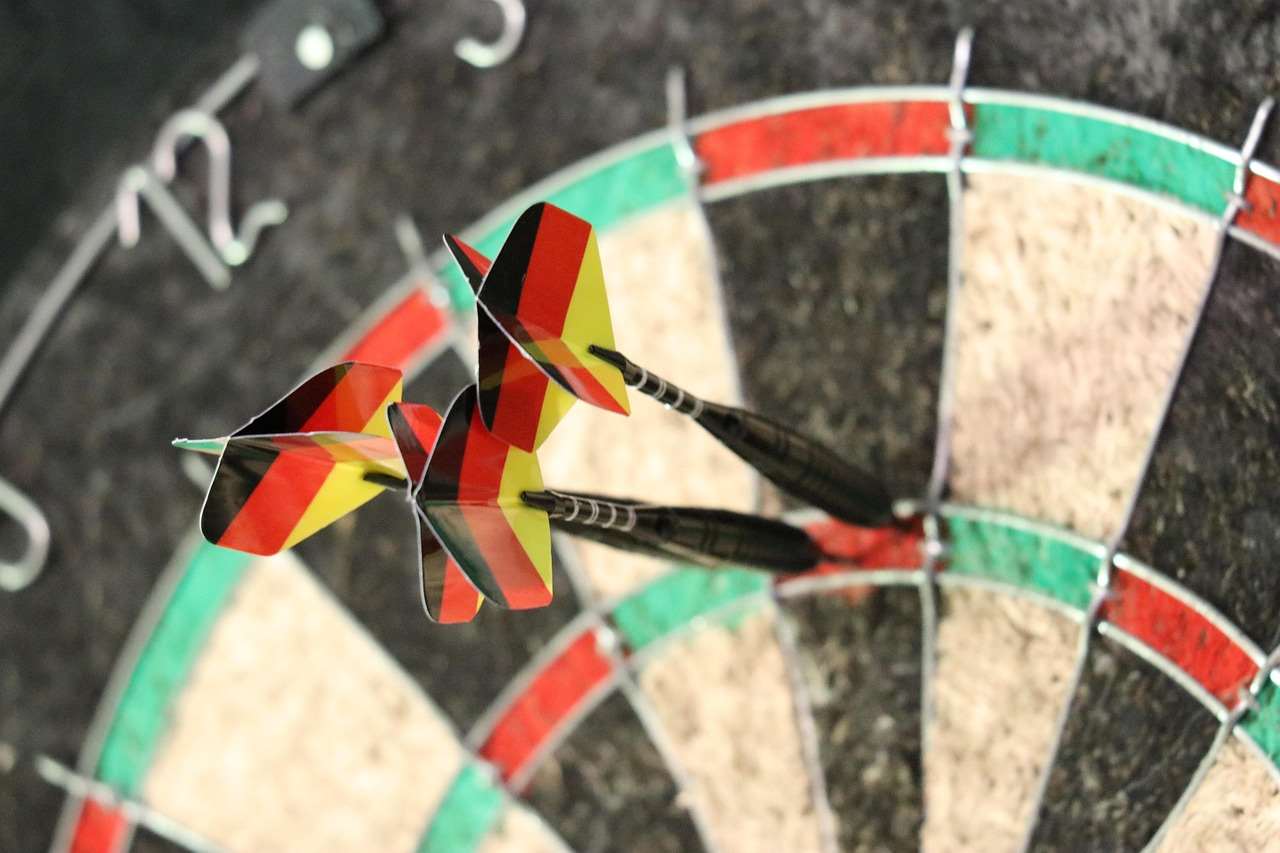
The Importance of Practice and Analysis
Like any skill, mastering **scoreboard darts** requires consistent practice and careful analysis. Use the scoreboard to track your progress, identify areas for improvement, and refine your strategies. Consider keeping a record of your scores, averages, and successful outshots to gain a deeper understanding of your game.
You could also video record your games to analyze your form and make adjustments to your technique. By combining practice with analysis, you can steadily improve your **darts scoring** abilities and elevate your performance to the next level. This is especially important if you are looking into the answer to which darts are best.
Advanced Scoring Techniques in Darts
Once you’ve mastered the basics of **scoreboard darts**, you can start exploring advanced scoring techniques. These techniques involve strategic calculations, risk-reward assessments, and a deep understanding of the game’s nuances.
- Checkout Charts: Familiarize yourself with common checkout charts, which provide optimal outshots for various scores.
- Arithmetic Skills: Develop strong mental arithmetic skills to quickly calculate scores and plan your moves.
- Opponent Analysis: Pay attention to your opponent’s tendencies and adjust your strategies accordingly.
For instance, if your opponent consistently struggles with doubles, you might intentionally leave them with an awkward double to increase your chances of winning the leg. This requires careful calculation and a keen understanding of your opponent’s weaknesses. Don’t make it look like a darts line drawing though!
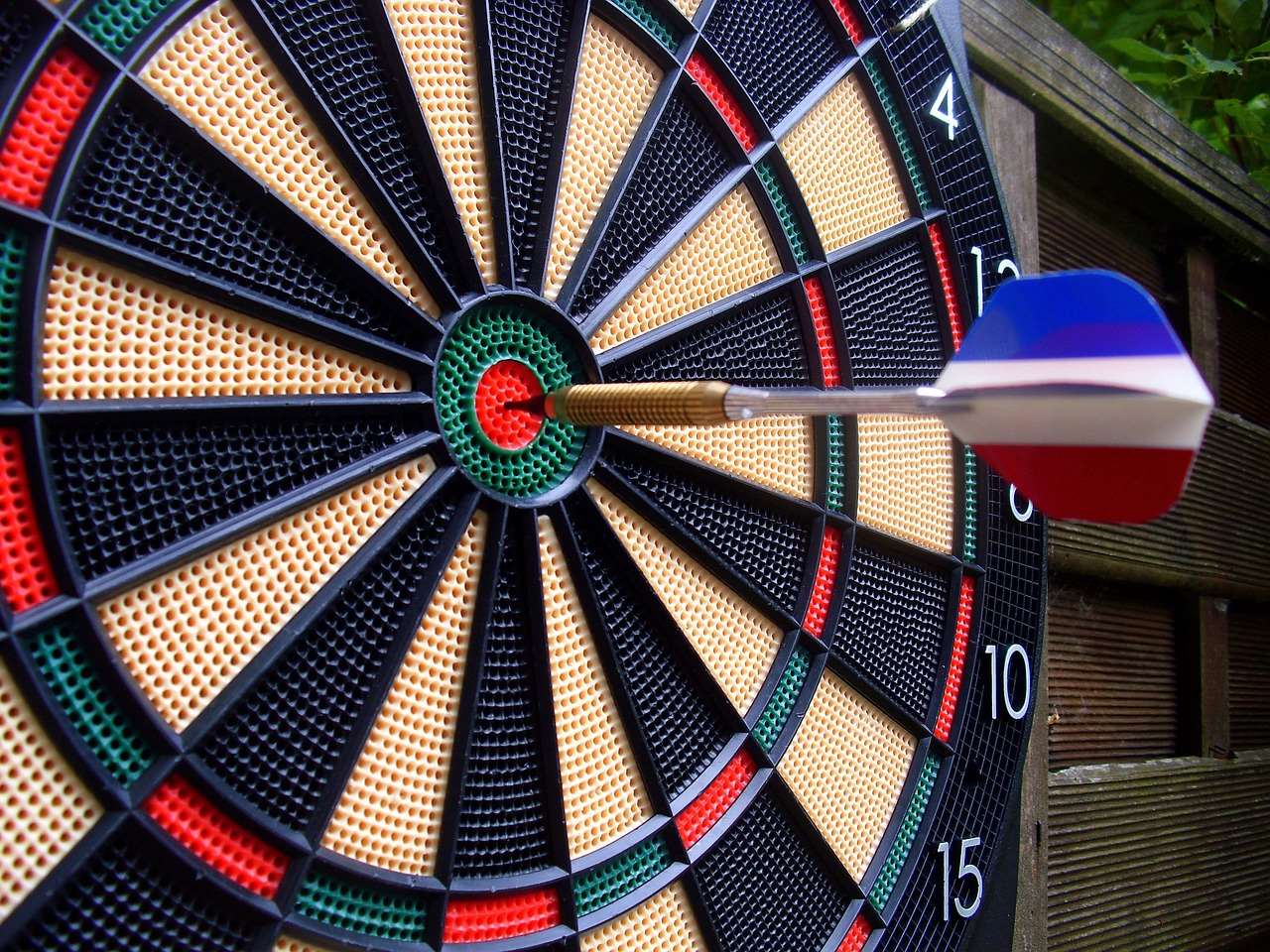
Utilizing Darts Apps for Enhanced Scoring
In the digital age, numerous **darts apps** are available to help you track your scores, analyze your performance, and improve your game. These apps offer a range of features, including automatic scoring, checkout suggestions, and player statistics. Some apps even allow you to compete against other players online.
Here are some popular **darts scoring** apps:
- DartCounter App
- My Darts Training
- Pro Darts Scorer
These apps can be invaluable tools for both casual and serious players, providing insights and feedback that can help you take your game to the next level. Many include a darts score card template.
Scoreboard Darts: Ethical Considerations
Maintaining fairness and integrity is paramount in any game, and **scoreboard darts** is no exception. It’s essential to adhere to the rules of the game and act with honesty and sportsmanship at all times. Here are some ethical considerations to keep in mind:
- Accurate Scoring: Ensure that scores are recorded accurately and fairly, without any intentional manipulation.
- Respect for Opponents: Treat your opponents with respect, regardless of their skill level or performance.
- Adherence to Rules: Follow the rules of the game and resolve any disputes in a fair and impartial manner.
Remember, the goal of **scoreboard darts** is not just to win, but also to enjoy the game and build camaraderie with your fellow players. Upholding ethical standards ensures a positive and rewarding experience for everyone involved.
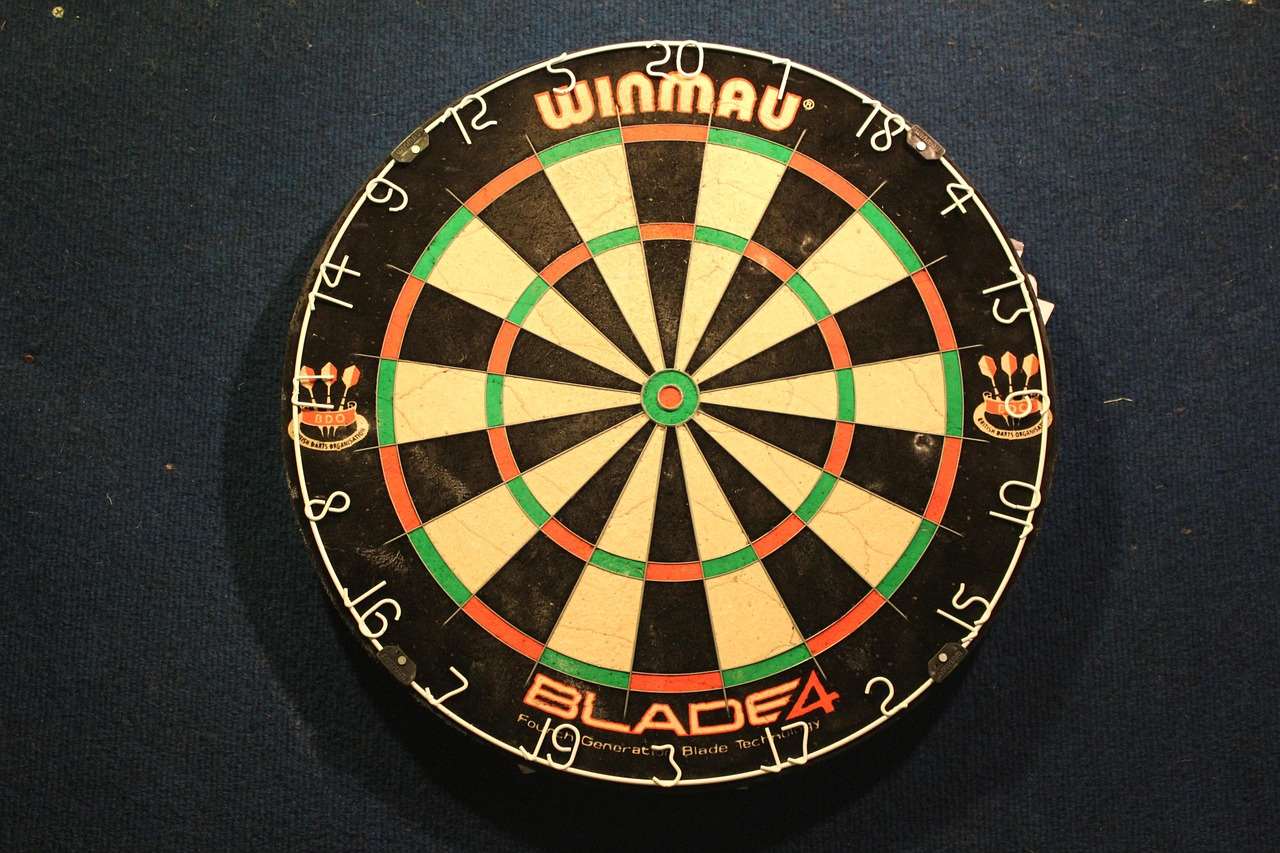
Conclusion: Elevate Your Game with Effective Scoreboard Darts
Mastering **scoreboard darts** involves a combination of technical skill, strategic thinking, and ethical conduct. Whether you prefer traditional chalkboards or modern electronic systems, understanding the principles of **darts scoring** is essential for improving your game and maximizing your enjoyment. By practicing regularly, analyzing your performance, and upholding ethical standards, you can elevate your skills and become a formidable player. Ready to take your game to the next level? Start practicing your scoring today! Now you can impress people watching a live darts masterclass lesson 1.
Hi, I’m Dieter, and I created Dartcounter (Dartcounterapp.com). My motivation wasn’t being a darts expert – quite the opposite! When I first started playing, I loved the game but found keeping accurate scores and tracking stats difficult and distracting.
I figured I couldn’t be the only one struggling with this. So, I decided to build a solution: an easy-to-use application that everyone, no matter their experience level, could use to manage scoring effortlessly.
My goal for Dartcounter was simple: let the app handle the numbers – the scoring, the averages, the stats, even checkout suggestions – so players could focus purely on their throw and enjoying the game. It began as a way to solve my own beginner’s problem, and I’m thrilled it has grown into a helpful tool for the wider darts community.